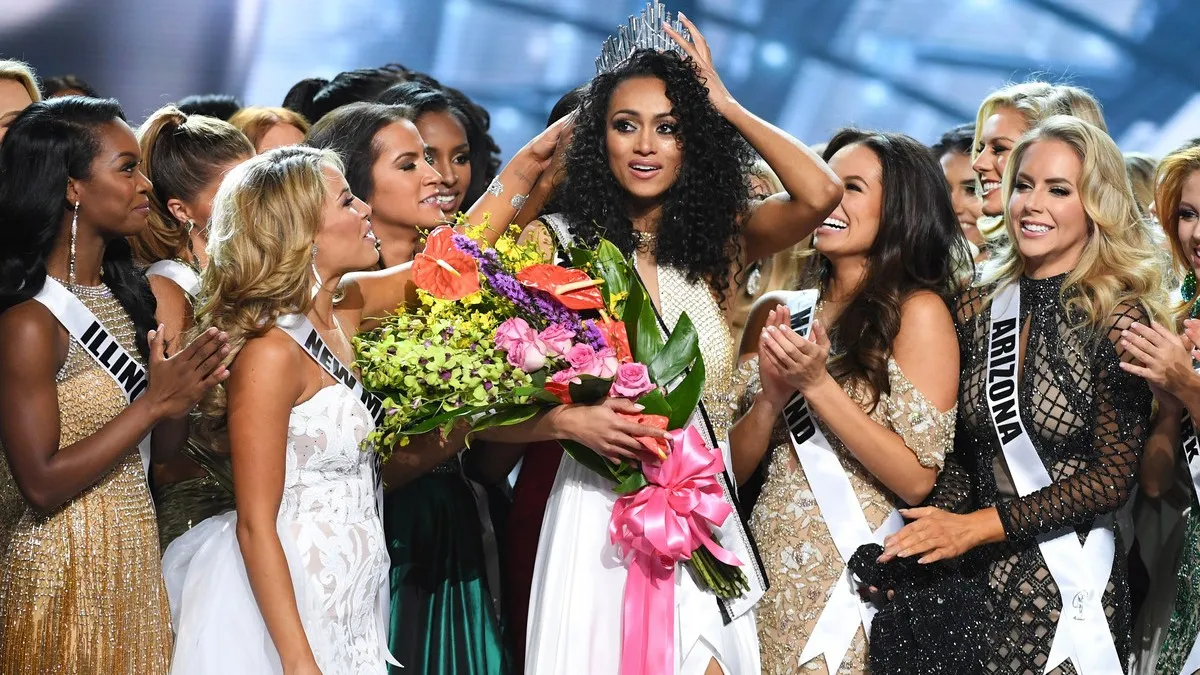This year’s Miss USA pageant will feature its first-ever married contestant, Juliana Morehouse, after it finally abolished its 71-year-old rule that mothers and married women were prohibited from competing. While Morehouse believes the move sends a “positive message,” the only thing I can think of is “How on Earth did it take this long for those archaic rules to be changed finally?”
I’ve always known that beauty pageants are hardly inclusive, but I didn’t realize just how openly sexist and discriminatory they were. Sure, it’s called Miss USA, but I suppose I didn’t think that a silly title being taken literally was being used as seemingly the only justification for barring married women and mothers.
However, we all know that it’s not because of staying true to the title that Miss USA had this rule. Those overseeing the pageant wanted unmarried and childless women so that it could further play into the objectification of women and men’s sexual fantasies by only presenting women who were “available” to men. When the pageant was first started, these rules were meant to signal that the women participating were most likely virgins. Once times changed, though, the pageant still held onto these rules with the hope of at least creating an illusion of virginity, playing into men’s desire to control female sexuality and old-fashioned and sexist sentiments that the “ideal” woman is a virgin.
In changing its rules, Miss USA isn’t making itself look more progressive or positive; it’s just drawing attention to how sexist and discriminatory it has been for so long.
Beauty pageants’ minimal changes aren’t anything to celebrate
In addition to Miss USA now allowing married women and mothers to participate, Miss Universe is also removing its age restriction, effective next year. Previously, women had to be between the ages of 18 – 28 to compete in the competition, but now the age is being changed to anyone above 18. When announcing the age limit change, Miss Universe winner R’Bonney Gabriel stated, “What I love about Miss Universe is that they are always our first in line, looking for ways to be more inclusive and better live up to the platform they’ve designed for us. It’s a bold group of women in charge over here, and you know what, a lot of people tend to follow what we do — it’s nice to be a standard-bearer, and I’m proud that we get to do this.”
While it’s slightly commendable that Miss Universe is the “first” to make this change, pageant organizers certainly shouldn’t be touting this as some grand achievement. How does Miss Universe feel no embarrassment that it’s drawing attention to the fact that, as recently as last year, it openly promoted the idea that only women younger than 28 can be beautiful? During all these years, when women have been fighting to stop being discriminated against based on age and motherhood, and objectified and treated as property by men, these pageants disregarded it all while insisting that women must be young, virgins, and available to men.
The age, marriage, and motherhood rule changes are decades too late. Additionally, they are far from enough. The organization still discriminates against transgender women. Last year, a federal court ruled that the pageant can ban trans women from participating if it chooses to do so. While transgender women have competed in Miss USA and Miss Universe, state pageants, including Miss Oregon, continue to bar transgender women, thus preventing many of them from gaining the opportunity to compete at the national level.
Meanwhile, Miss America is going backward with its rules. Although it initially allowed any individual who identified as a woman to participate, beginning in 2025, it will only allow transgender women who have undergone gender-affirming surgery to participate.
Additionally, when was the last time we had a plus-size woman win Miss USA or Miss Universe? Never. There still remains very little body diversity in these pageants, which consistently promote unrealistic beauty standards. These pageants may be trying to pretend that they’re becoming more progressive, but the reality is that they’re not. They simply removed a few archaic rules that should’ve been removed decades ago in a feeble attempt to draw attention away from their continued discrimination against transgender women and the promotion of dangerous and unhealthy beauty standards.
These pageants should only be around if they’re genuinely celebrating beauty and womanhood. However, they are clearly not doing this. They are celebrating one extremely narrow definition of beauty and what it means to be a woman. They’re more concerned about what men deem beautiful and desirable in a woman than what truly makes women beautiful. These pageants’ minimal and late changes are just a reminder that they really shouldn’t have any place in modern society.
(featured image: Ethan Miller/Getty Images)









Published: Sep 26, 2023 02:30 pm